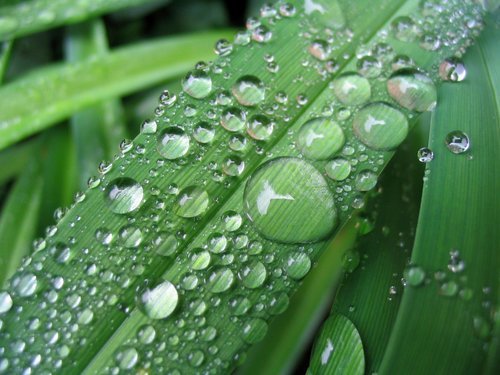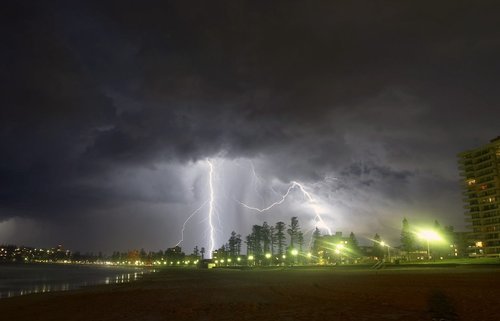Lightning detectors provide information on the severity and direction of lightning. They are used by anyone whose business it is to watch and predict the weather. That includes weather channels and airports. It’s impossible to predict exactly where a single bolt of lightning will strike, but it can be narrowed down to areas at high risk.

Naturally, when we think of lightning detection, we assume it to come from human ingenuity and technology. But did you know that plants can detect lightning?

When a plant detects lightning, of course, it’s not for purposes of self-preservation. Instead, it triggers a physiological reaction in the plant that maximizes growth rate and yield. This phenomenon has been observed by scientists as well as anecdotally. Even the lush look of plants after a thunderstorm is thought to be unachievable in any other way.
Electrical Stimulation and Plant Growth
The theory goes that plants, having detected electricity in the air, adjust their biological activity and prepare their roots in readiness for an oncoming downpour of rain. Scientists have also noted the nutritional benefits of electrical stimulation on plants, such as a significant influx of calcium, which helps them grow. Lightning adds nitrogen to the soil, which acts like a super-boost to plants’ growth and greenness. Lightning causes and effects a positive change in plants.
The Downside of Lightning and Plants
Even if thunder, lightning, and rain are likely to benefit plants, of course, there’s a downside. Lightning can cause severe damage to plants and crops when it contacts the ground directly, particularly in poorly drained areas. The extreme heat and shock waves caused by a lightning strike destroy roots, stems, branches and fruits.
For domestic gardeners, of course, the likelihood of a direct lightning strike is far less. That being said, if you love gardening and nurture your plants using expert advice from Getplanta.com, you can take steps to protect them from severe thunderstorm effects. Plants that are flattened in high winds can be temporarily covered using buckets or other containers. You can tie up tree branches to prevent them from splitting. Measures such as these are sensible in extreme conditions.
Lightning Upside Revisited
In general, as long as a storm isn’t too severe or prolonged, the phenomenon of lightning and the plants’ ability to detect it helps to make gardens grow.

